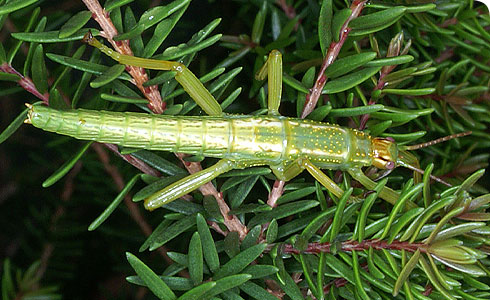Dryococelus australis
The Lord Howe Island stick insect Dryococelus australis is the only known member of the genus Dryococelus and is only known from two volcanic islands off the coast of mainland Australia.
Dryococelus australis was thought to be extinct, following the accidental introduction of rats to Lord Howe Island in 1918, but has since been discovered on a small volcanic outcrop called Ball’s Pyramid.
The species is listed by the IUCN as 'critically endangered'.
Conservation efforts are now underway to reintroduce this species, and others, to the Island.
Species detail
-

Taxonomy
Traditionally, Dryococelus australis was thought to be a member of the Eurycanthinae family. However, recent studies suggest its physical resemblance to the Eurycanthinae stems from a common need to adapt to similar environments. Explore the evolutionary history of the Lord Howe Island stick insect.
-

Distribution and ecology
The Lord Howe Island stick insect was considered extinct in the 1930s after disappearing from Lord Howe Island, off the coast of the Australia. However in the 1960s it was found on a tall volcanic stack. Find out where.
-

Biology
Dryococelus australis females lay their eggs in the ground. Discover more about the reproductive cycle of the Lord Howe Island stick insect.
-

Behaviour
This stick insect, like its relatives, is a vegetarian. Find out what it likes to eat.
-

Conservation
The accidental introduction of rats to Lord Howe Island early in the twentieth century wiped out Dryococelus australis. But efforts are now underway to reintroduce the species to the island. Discover what’s being done.
Images
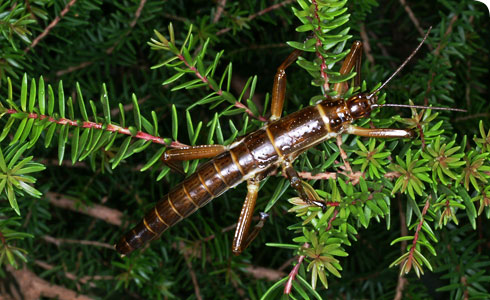
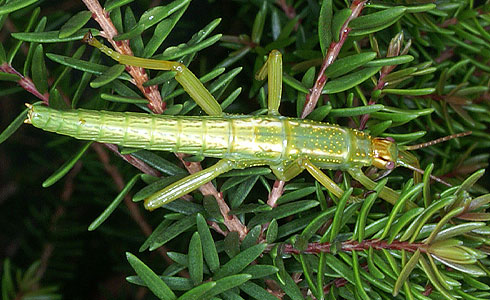

Despite nearly becoming extinct the Lord Howe Island Phasmid is now thriving in captivity, and there are plans to reintroduce it in the wild.
© P Brock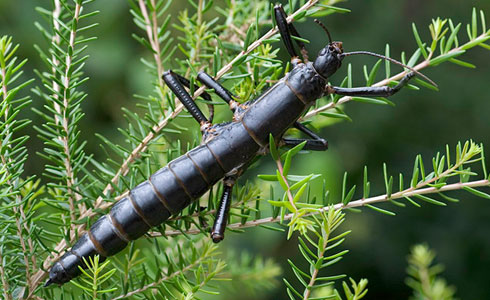
Like most wingless species of phasmid the Lord Howe Isand Stick Insect feeds on a variety of different plant species.
© P German
A specimen of the Lord Howe Island stick insect (Dryococelus australis) also known as Lord Howe Island Phasmid, or the land lobster from the Museums collections, showing the muscular hind legs.
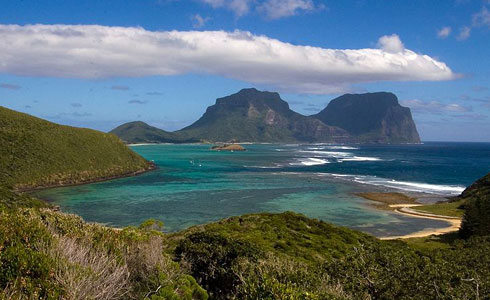
Lord Howe Island in the Tasman Sea, 600km east of the Australian mainland. The native Lord Howe Island Stick Insect has been extinct here for over 80 years.
About the author

$linktitle
Software developer for scratchpads with a specialist knowledge of orthopteroid insects (in particular stick insects and cockroaches).
